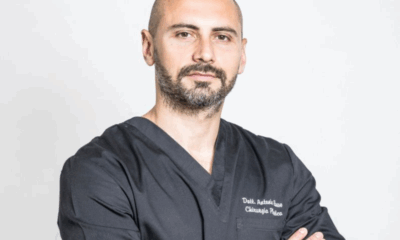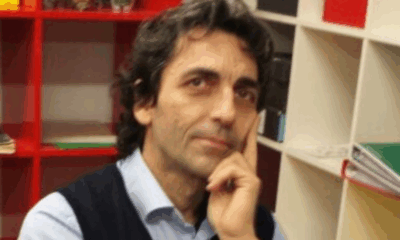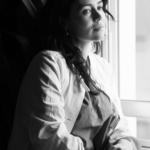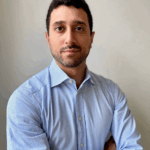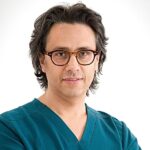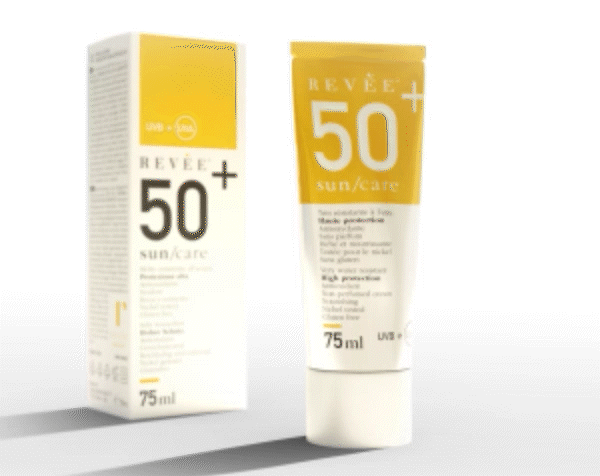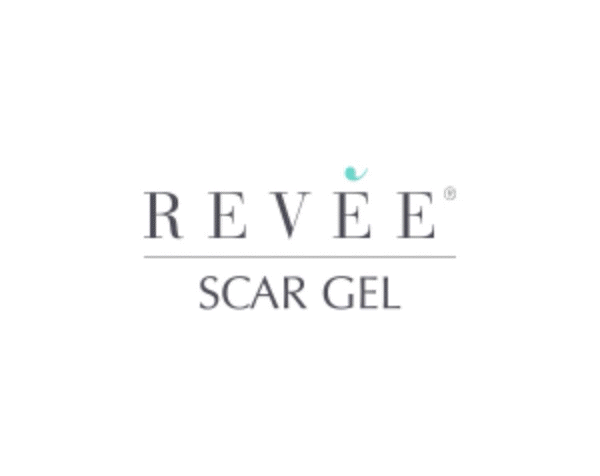Medical doctors and Surgeons
The surgeon profession between mediation and information
Preparing for surgery is a ritual. Dr Sarah Calabrese, plastic surgeon for the Brescia plastic surgery Civil Hospital Union, tells us about the importance of daily routine gestures and information about the world of surgery.
The ritual: surgical preparation
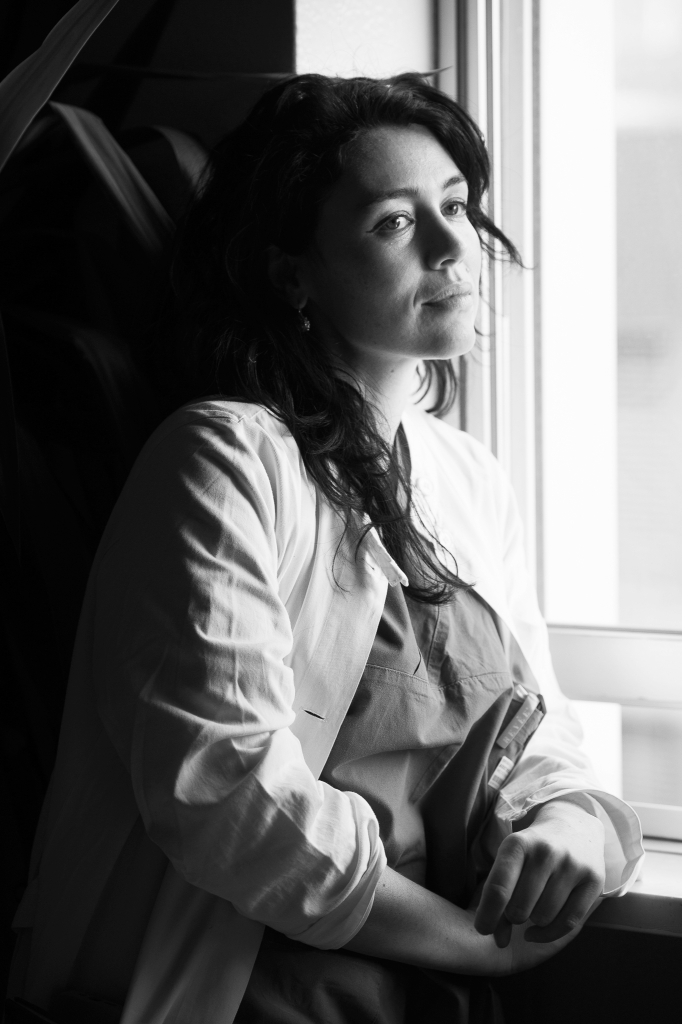
«There is a routine before any procedure – tells Doctor Calabrese – that can be called a ritual». It begins with the evaluation of the patient, followed by the surgical site check and the study of preoperative images. «Each one has his way to do it – says the Doctor – but there also is a bit of superstition».
When the patient is ready, he passes into the hands of the anaesthesiologist. «We surgeons have a few minutes to spend in the relax room with the rest of our team» says Doc. Calabrese. During these moments, we keep on studying any minimum detail before the procedure. «I secure my glasses with duct tape – tells the Doc – I fix my hair and then I wash my hands». The patient is disinfected too: «Some colleagues do it always in the same way and it all becomes an elegant process» continues the Doctor.
Plastic surgery: reconstructive and aesthetic
After preparation, the surgeon is ready to go to the operating room. «Each surgical operation has its complexity» explains the Doctor. Plastic surgery allows to reduce imperfections as well as treat diseases. «There are many plastic surgeries – specifies Dr Calabrese – that haven’t aesthetic motivations». Just consider post traumatic surgery, burns or tumour removal. Thanks to plastic surgery techniques it is indeed possible to reconstruct any part of the body, consistently increasing the application.
«Relief and happiness of a patient after a surgery affects me every time». Whether it is about reconstruction plastic surgery like entropy correction or aesthetic plastic surgery such as reductive mammoplasty. The patient’s satisfaction represents the goal of a surgeon.
The surgeon mediation
«Visiting a patient – specifies the Doc – isn’t just like going to the supermarket to buy treatments». It is important that the surgeon does an evaluation in order to suggest the proper indications. Many visits can occur to explain what will be the best post-operative path to follow. «He must be aware of any complication risk» adds the Doctor, in order to face the surgery with consciousness and confidence.
«It is necessary to create a good relationship with the patient -continues the Doctor- and guide him through the choice by showing the right information». They must be clear, simple and that cannot be corrupted. «I began to give some advice online – explains Dr Calabrese – that can reduce domestic injuries». The web is always a good disclosure help but it must be used properly.
Information, trust and counselling help to establish a lasting bond with our patients that goes beyond prejudice. «Some patients have preferences towards surgeons – continues the Doctor – as people, because they bind to a manner and place their trust on a person».
In recent years, the female presence in medical universities is evident. «Our team is almost exclusively composed of women – continues the Doctor – Our patients aren’t surprised anymore about finding a female Doctor behind the desk».




